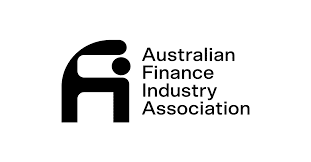By Markus David
Director of Professional Services
MyChargeBack
Artificial Intelligence (AI) has become a buzzword synonymous with cutting-edge technology and innovation. Its applications span various industries, promising to revolutionize the way we live and work. Wall Street is no exception, as financial institutions and investors eagerly seek to leverage AI’s potential for better predictive analytics, algorithmic trading, and personalized financial advice. However, with great promise comes great scrutiny, and the financial world is currently facing a significant challenge: the rise of AI-related scams.
The phenomenon, colloquially known as “AI washing,” involves companies making exaggerated or deceptive claims about their use of AI to attract investment or enhance their market image. This practice has caught the attention of regulatory bodies like the U.S. Securities and Exchange Commission (SEC), which has recently charged investment advisers for such deceptive practices. The SEC’s crackdown highlights the need for transparency and honesty in how companies represent their use of AI.
AI washing is not just a regulatory issue; it’s a matter of investor trust. When companies misrepresent their capabilities, they undermine the credibility of legitimate AI advancements and sow confusion among investors trying to navigate this complex landscape. SEC Chairman Gary Gensler has emphasized the importance of clear disclosure about the operational, legal, and competitive risks associated with AI, as well as its relevance to business operations.
The allure of AI on Wall Street is undeniable. It promises to analyze vast amounts of data at unprecedented speeds, identify market trends, and even predict future events with a degree of accuracy previously unattainable. However, the excitement can lead to a gold-rush mentality, where the fear of missing out drives investors to make hasty decisions without proper due diligence. This environment is ripe for exploitation by unscrupulous actors who may offer AI as a magical solution to complex financial challenges.
To navigate this terrain, investors must exercise caution and seek out verifiable information. They should look beyond the hype and evaluate the tangible outcomes and track records of AI applications in finance. It’s also crucial for investors to understand that AI is a tool, not a crystal ball. Its predictions are only as good as the data and algorithms it relies on, and it is not immune to the biases and errors that can afflict any technological system.
In conclusion, as AI continues to evolve and integrate into the financial sector, vigilance and education are paramount. Investors must be discerning, companies must be transparent, and government regulators must be proactive to ensure that the transformative potential of AI is realized without falling prey to the pitfalls of misinformation and hyperbole. The future of AI on Wall Street hangs in the balance, between the promise of innovation and the perils of deception. It is a future that demands our careful attention and responsible action.






